Filter by
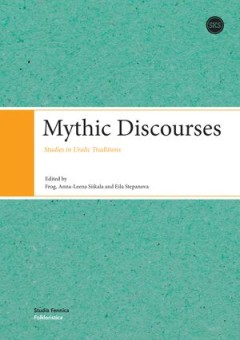
Mythic Discourses
Mythic discourses in the present day show how vernacular heritage continues to function and be valuable through emergent interpretations and revaluations. At the same time, continuities in mythic images, motifs, myths and genres reveal the longue durée of mythologies and their transformations. The eighteen articles of Mythic Discourses address the many facets of myth in Uralic cultures, from t…
- Edition
- -
- ISBN/ISSN
- 9789522227638
- Collation
- -
- Series Title
- -
- Call Number
- 398.2 STE m

Mountain Preacher Stories: Laughter Among the Trumpets
Over a period of forty years, Ben Fisher collected stories illustrating the humor of the Southern Highlander. English, Scotch, Welsh, and Irish immigrants to the Appalachian region of North Carolina brought with them a rugged individualism and a sense of humor and dignity which have been characteristic of the sturdy yeoman farmer. Most mountain preachers and many of the old time mountaineers ha…
- Edition
- -
- ISBN/ISSN
- 9781469636641
- Collation
- -
- Series Title
- -
- Call Number
- 306.4 FIS m
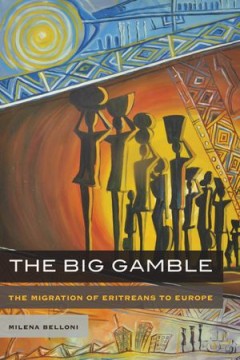
The Big Gamble : The Migration of Eritreans to Europe
Tens of thousands of Eritreans make perilous voyages across Africa and the Mediterranean Sea every year. Why do they risk their lives to reach European countries where so many more hardships await them? By visiting family homes in Eritrea and living with refugees in camps and urban peripheries across Ethiopia, Sudan, and Italy, Milena Belloni untangles the reasons behind one of the most under-r…
- Edition
- -
- ISBN/ISSN
- 9780520970755
- Collation
- -
- Series Title
- -
- Call Number
- 304.8 BEL b
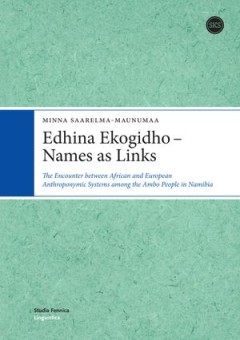
Edhina Ekogidho – Names as Links: The Encounter between African and Europea…
What are the most popular names of the Ambo people in Namibia? Why do so many Ambos have Finnish first names? What do the African names of these people mean? Why is the namesake so important in Ambo culture? How did the long independence struggle affect personal naming, and what are the latest name-giving trends in Namibia? This study analyses the changes in the personal naming system of the Am…
- Edition
- -
- ISBN/ISSN
- 9789522228161
- Collation
- -
- Series Title
- -
- Call Number
- 301 SAA e

The Cherokee Perspective: Written by Eastern Cherokees
In 1973, Cherokee students at the Qualla Boundary started a student organization with the intention of improving the educational prospects among Native Americans attending non-Indian colleges and universities. Under the direction of Laurence French and Charles Jim Hornbuckle, the students interviewed Cherokee elders and received help from the American Indian Historical Society in order to gain …
- Edition
- -
- ISBN/ISSN
- 9781469638515
- Collation
- -
- Series Title
- -
- Call Number
- 302 FRE c
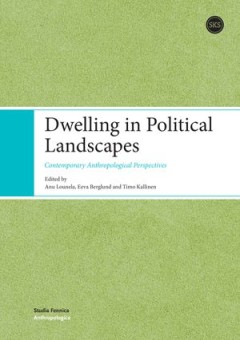
Dwelling in Political Landscapes
People all over the globe are experiencing unprecedented and often hazardous situations as environments change at speeds never before experienced. This edited collection proposes that anthropological perspectives on landscape have great potential to address the resulting conundrums. The contributions build particularly on phenomenological, structuralist and multi-species approaches to environme…
- Edition
- -
- ISBN/ISSN
- 9789518581140
- Collation
- -
- Series Title
- -
- Call Number
- 300 DWE d
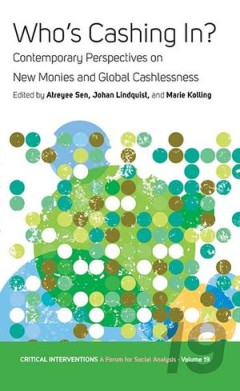
Who's Cashing In?: Contemporary Perspectives on New Monies and Global Cashles…
Cashless infrastructures are rapidly increasing, as credit cards, cryptocurrencies, online and mobile money, remittances, demonetization, and digitalization process replace coins and currencies around the world. Who’s Cashing In? explores how different modes of cashlessness impact, transform and challenge the everyday lives and livelihoods of local communities. Drawing from a wide range of et…
- Edition
- -
- ISBN/ISSN
- 9781789209174
- Collation
- -
- Series Title
- -
- Call Number
- 301 WHO w
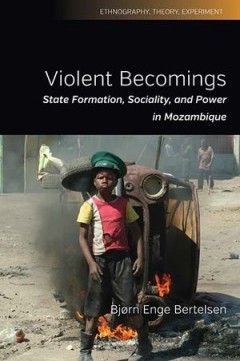
Violent Becomings: State Formation, Sociality, and Power in Mozambique
Violent Becomings conceptualizes the Mozambican state not as the bureaucratically ordered polity of the nation-state, but as a continuously emergent and violently challenged mode of ordering. In doing so, this book addresses the question of why colonial and postcolonial state formation has involved violent articulations with so-called ‘traditional’ forms of sociality. The scope and dynamic …
- Edition
- -
- ISBN/ISSN
- 9781785334290
- Collation
- -
- Series Title
- -
- Call Number
- 301 BER v
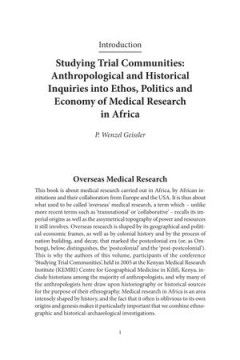
Studying Trial Communities: Anthropological and Historical inquiries into Eth…
Medical research has been central to biomedicine in Africa for over a century, and Africa, along with other tropical areas, has been crucial to the development of medical science. At present, study populations in Africa participate in an increasing number of medical research projects and clinical trials, run by both public institutions and private companies. Global debates about the politics an…
- Edition
- -
- ISBN/ISSN
- 9780857450920
- Collation
- -
- Series Title
- -
- Call Number
- 305.8072 GEI s
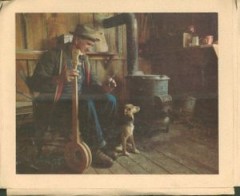
Artisans/Appalachia/US
This is the documentation of an Appalachian Consortium traveling exhibition of Appalachian Art produced in the 1970s. The project was supported by a grant from the National Endowment for the Arts in Washington, D.C.
- Edition
- -
- ISBN/ISSN
- -
- Collation
- -
- Series Title
- -
- Call Number
- 301 GAY a
 Computer Science, Information & General Works
Computer Science, Information & General Works  Philosophy & Psychology
Philosophy & Psychology  Religion
Religion  Social Sciences
Social Sciences  Language
Language  Pure Science
Pure Science  Applied Sciences
Applied Sciences  Art & Recreation
Art & Recreation  Literature
Literature  History & Geography
History & Geography